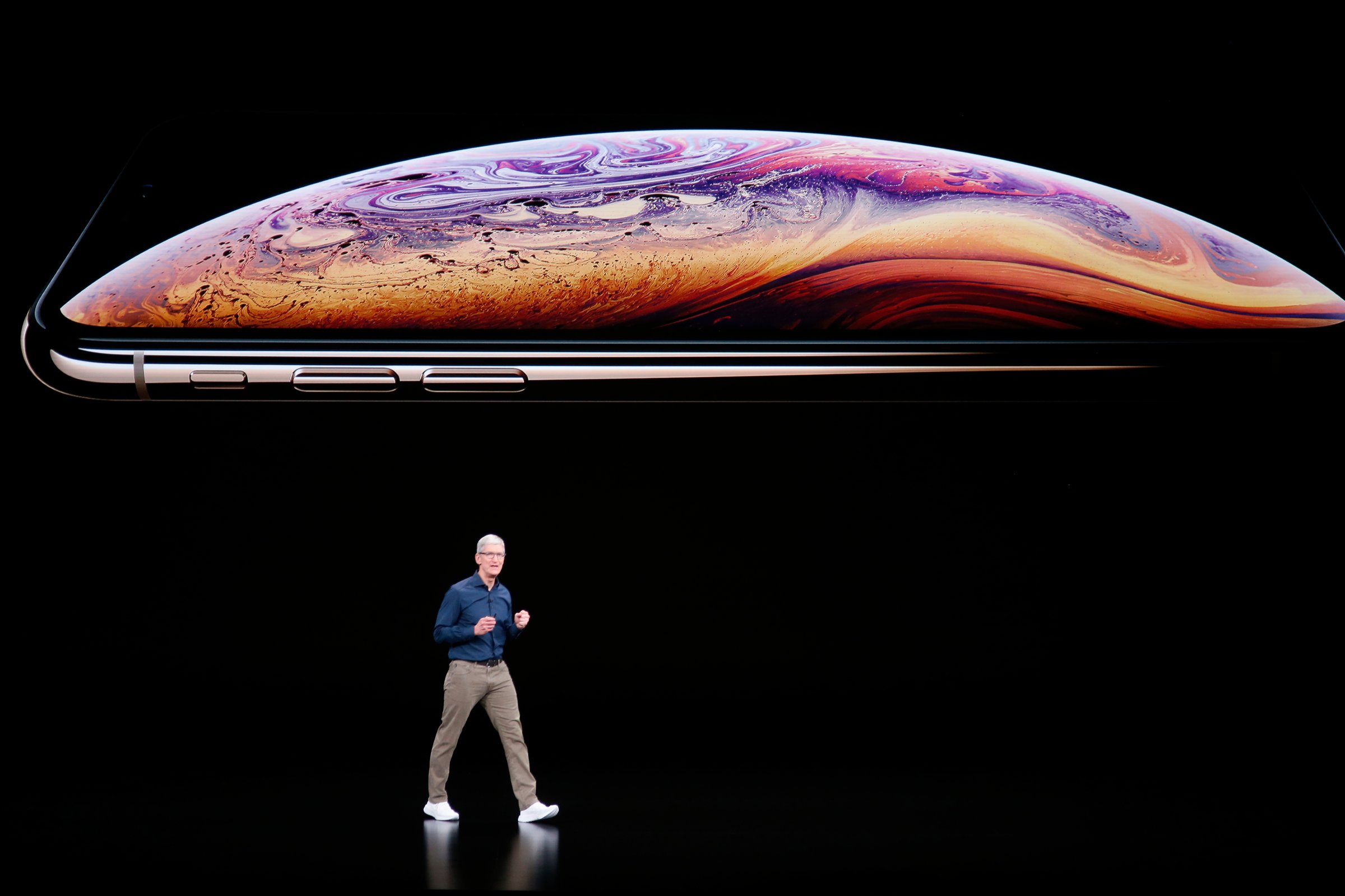
Apple’s new flagship smartphone, the iPhone Xs, has a handful of new camera features that mobile photographers will love — and one that might appall photography purists.
Here’s a snapshot of the most notable camera upgrades on the iPhone Xs:
Smart HDR
HDR, or “high dynamic range,” involves taking multiple photos at different exposures and blending them together to get a wider range of shadows and highlights than would normally be possible in a single photograph. Done well, it can help produce some stunning images — but when abused, the results can be downright garish.
The iPhone has long had an option for HDR photos. But Apple’s new iPhone Xs offers a new feature called “Smart HDR,” which the company says intelligently combines differently-exposed frames into a single image. The advertised result: Better photos with minimal work on the photographer’s part.
No Shutter Lag
iPhones and other smartphones have long suffered from a distinct lag between the time you hit the shutter button and the moment a photograph is actually recorded. The iPhone Xs circumvents that problem with a clever solution: Just like The Hulk is always angry, the iPhone Xs’ camera app is always shooting images — when it’s open, of course. Those images get sent to a buffer then instantly deleted — unless you tap the shutter, in which case they’re saved.
Depth-of-Field (“Bokeh”) Control
This’ll be the most controversial feature on the new iPhone among some photographers.
With traditional cameras, photographers select an aperture — how wide the shutter opens — before making an image. The wider the aperture, the thinner the plane of focus, helping photographers keep a subject pin-sharp while throwing the background out of focus to produce that pleasing “bokeh” effect. But photographers typically have to make this creative choice before hitting the shutter. Once you make an image, there’s no going back to change the aperture, and thus the depth of field, after the fact.
But with the iPhone Xs, users can change the depth of field of their images after they’re recorded. This is possible because the iPhone’s background blur is digitally created by software, not by the width of a physical shutter.
Many users will find this handy and fun to play around with (it’s also reminiscent of what camera maker Lytro was trying to do.) But photography purists may scoff at the idea that this particular creative choice is moving from before-the-fact to after-the-fact. Still, that’s true of lots of other decisions in photography. In film’s heyday, for instance, shutterbugs were pretty much locked into their choice of color or black-and-white, whereas many photographers now happily switch between the two in their editing software of choice depending on whatever looks better. So the purists will probably just have to get over it.
OLED Screen
While it’s not strictly a photography feature, the iPhone Xs’ 5.8-inch OLED screen should serve as a great viewfinder and way to view your images. That’s doubly true for the iPhone Xs Max and its 6.5-inch monster of a screen.
More Must-Reads from TIME
- Cybersecurity Experts Are Sounding the Alarm on DOGE
- Meet the 2025 Women of the Year
- The Harsh Truth About Disability Inclusion
- Why Do More Young Adults Have Cancer?
- Colman Domingo Leads With Radical Love
- How to Get Better at Doing Things Alone
- Michelle Zauner Stares Down the Darkness
Contact us at letters@time.com